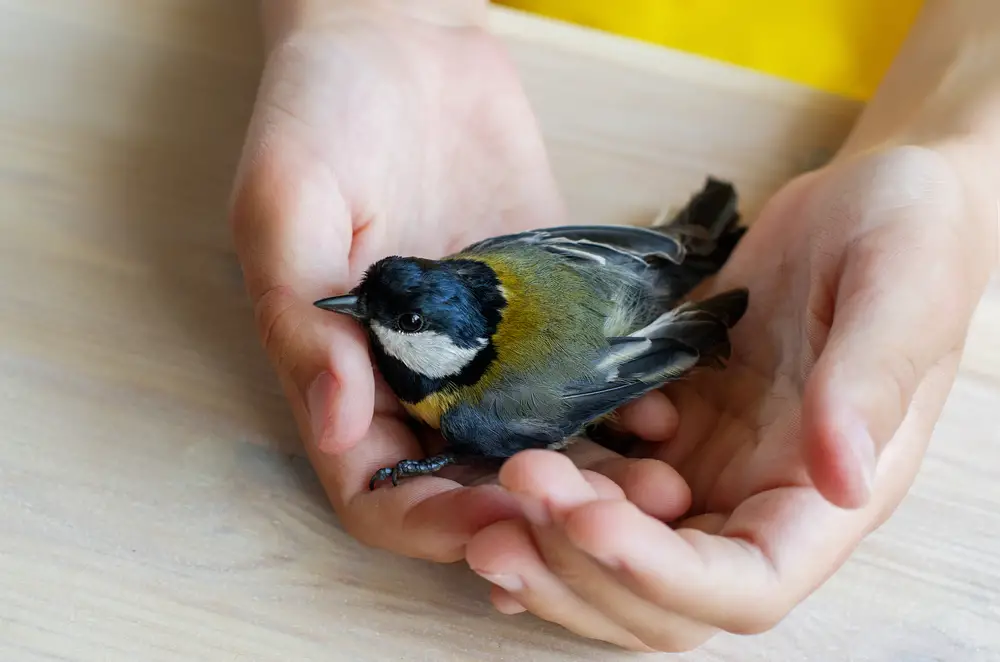Animal rescue is more than a calling; it’s a relentless commitment to safeguarding lives that are often overlooked. In the world of wildlife rescue, every life saved marks a victory for both the animal and the delicate ecosystems they help maintain. Rescuers go above and beyond to save animals affected by habitat loss, climate change, and human activity, embodying the purest form of compassion. They’re not just saving lives; they’re preserving biodiversity and, in many ways, protecting our shared planet.

Wildlife rescue work spans an incredible range of activities, from rehabilitating injured animals to conducting rescue missions in wildfire zones or urban sprawl areas. Rescuers work tirelessly to locate and rehabilitate creatures suffering from injuries, malnutrition, or entrapment. These situations demand high expertise and, often, intense physical effort. Many rescuers’ job extends beyond working with animals; they must also interact with communities to educate and foster a sense of shared responsibility toward protecting wildlife.
One of the unique challenges these heroes face is dealing with species sensitive to human contact. Many animals can experience heightened stress when handled or kept in captivity, even temporarily. To mitigate this, rescuers take careful steps to minimize human interaction, creating environments that allow animals to heal without unnecessary disturbance. This delicate balance requires patience, empathy, and the understanding that their ultimate goal is to return each creature to its natural habitat, healthy and capable of survival.
The animal rescue world has also evolved with advancements in veterinary science and conservation practices. Today, rehabilitators have access to specialized equipment, like portable X-rays and diagnostic tools, that make assessing and treating injuries in the field easier. Technologies like GPS tracking allow rescuers to monitor released animals, ensuring they adapt well to the wild. These tools have enabled rescuers to operate more efficiently and precisely, transforming lives that once would have been left to struggle alone.

Rescue efforts are not without their costs, both financial and emotional. Many rescuers operate on limited funding, relying on donations and grants to sustain their operations. The emotional toll can be immense, as they often encounter cases where animals cannot be saved. Yet, even in the face of these challenges, rescuers remain undeterred. Every successful release back into the wild reinforces their commitment, making each struggle worthwhile. Their dedication inspires others to contribute, volunteer, and raise awareness, forming a support network around conservation efforts.
At the heart of animal rescue is a deep respect for wildlife and the natural world. These rescuers are motivated by a vision of a world where animals can thrive without threat. Their work reminds us that our actions impact other species and that each life is worth fighting for. As these heroes continue to save lives, one animal at a time, they’re helping create a harmonious future where humans and wildlife coexist. Their efforts, often unseen, play a critical role in preserving the beauty and diversity of life on Earth.
